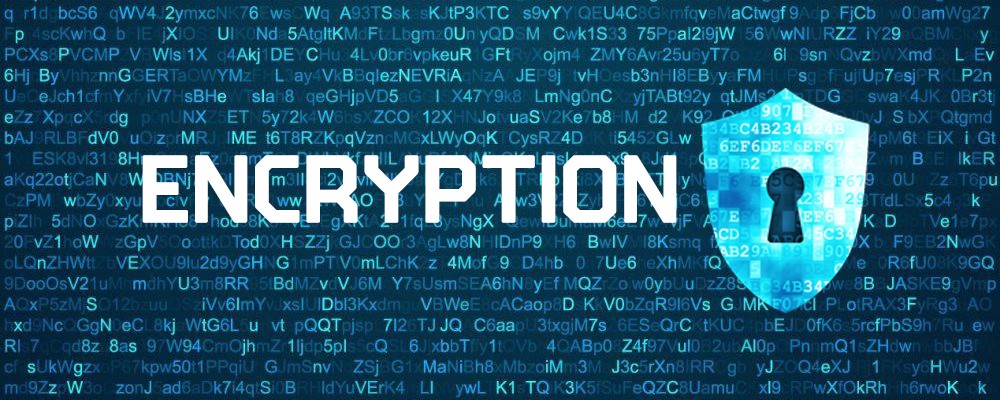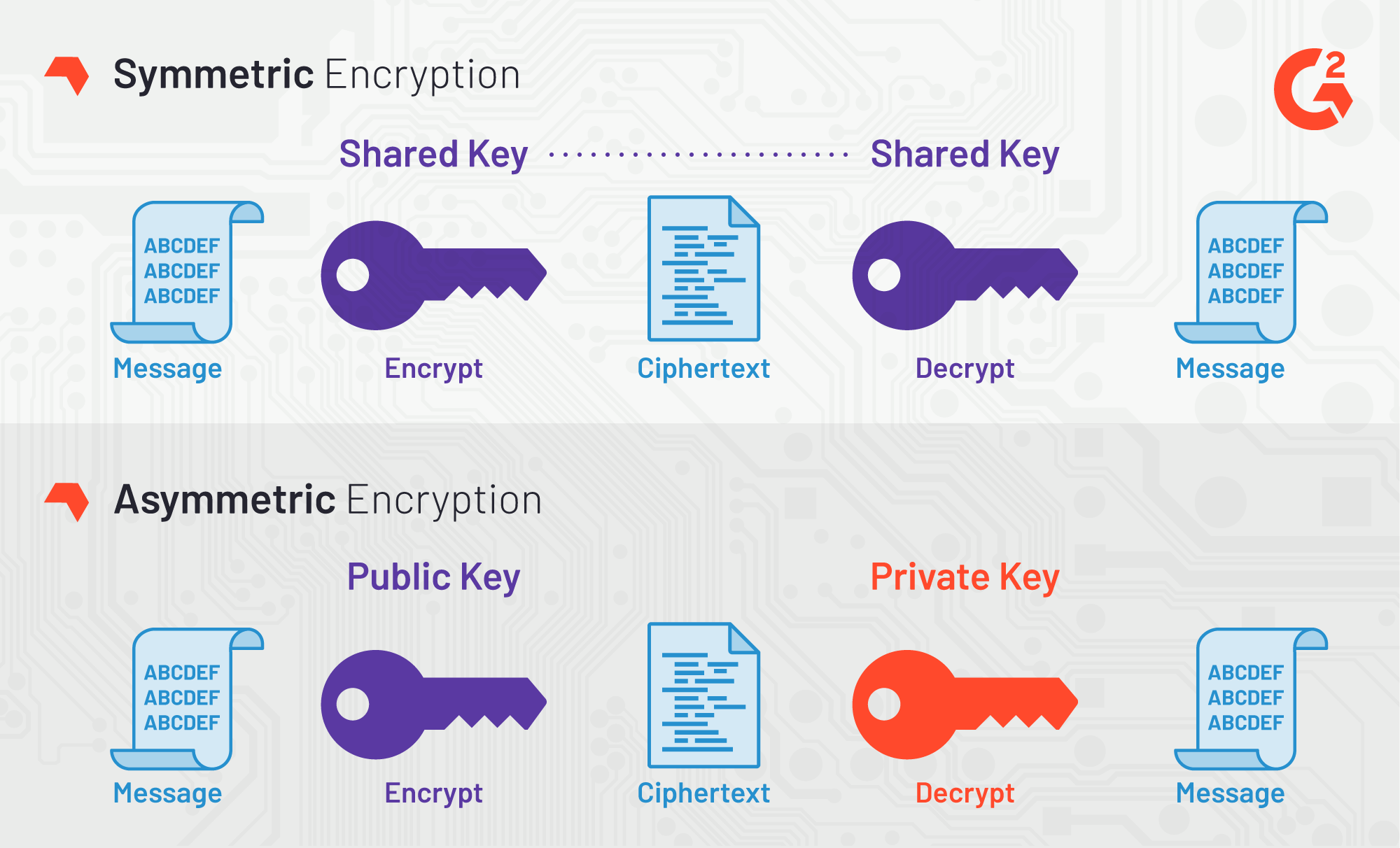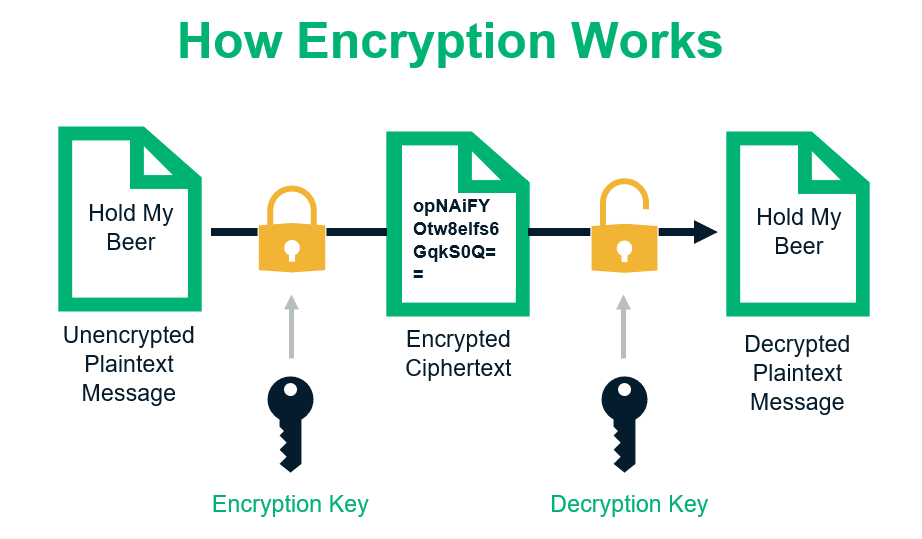What is encryption?
Encryption is a method which converts particulars into confidential codes that cloak the information’s exact meaning. In computing, unencrypted data is also named ‘plaintext’, and encrypted data is called ‘ciphertext’.
Encryption falls under cryptography.
The formulas used to encrypt and decrypt messages are known as ciphers. To be effective, a cipher comprises a variable as a segment of the algorithm. The variable, also known as a key, assembles a cipher’s output individual. When an encrypted message is snatched by an unofficial entity, the trespasser has to estimate which cipher the sender used to encode the message in addition to what keys were utilized as variables. The time and difficulty of estimating these particulars are what make encryption such a beneficial security tool.
Encryption is a well-established way for diplomatic information to be secured. Historically, it has been used by armed forces and governments. In recent times, encoding has been utilized to save data stockpiled on computer devices in addition to data in haulage over networks.
How is it used?
Encryption is often used to safeguard data in shipment and data at pause. Each time a person opts for an ATM or buys goods online using a mobile phone, encryption helps safeguard the details from being divulged. Businesses are progressively encoding to safeguard petitions and sensitive details when there is risk of data infringement.
There are three crucial constituents to any encryption organization: the data, the encoding engine, and key superintendence. In laptop encoding, all three constituents are managing or kept in reserve in the original place on the laptop.
However, in solicitation planning, the three constituents habitually run or are preserved in different places. This is done to eliminate the probability that any individual constituent could end up in agreement of the complete system.
How does encryption work?
At the start of the encoding procedure, the sender must decide which cipher will impersonate the information. Then, they have to decide which variable to use as a key to form the encrypted message. The most commonly used variable ciphers fall under two types: symmetric and asymmetric.



